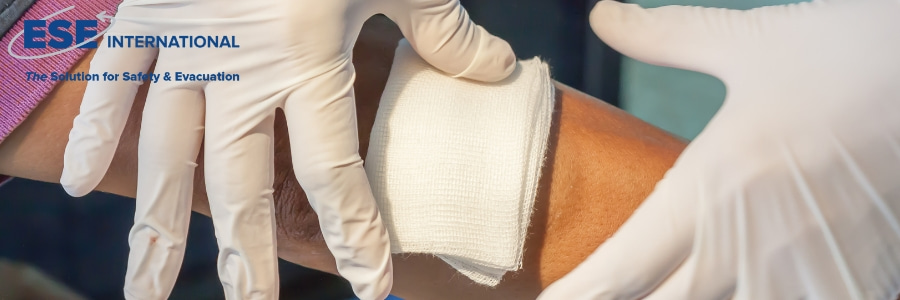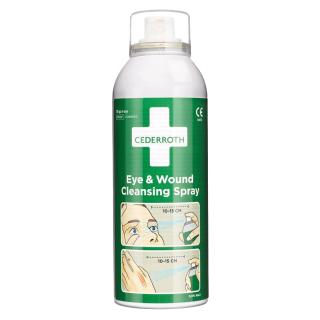Caring for a red wound is important to prevent infection and promote healing. Red wounds are often a sign that the wound is clean and healing, but you still need to care for the wound properly to prevent complications. In this article, you will learn how to recognize and treat red wounds, and what steps to take to ensure proper healing.
What is a red wound?
A red wound is a wound that is in the healing phase and shows a red color due to the presence of healthy, healing tissue. A red wound can range from small cuts and scrapes to larger open wounds . Red wounds are often moist and may bleed slightly.
Different types of red wounds:
You can recognize a red wound by the smooth, red surface that is often moist from wound fluid, which is a positive sign of healing. Below are some types of red wounds:
- Superficial red wounds: These are small, superficial wounds such as abrasions that heal quickly.
- Deep red wounds: These are wounds that are deeper in the skin and take longer to heal.
- Post-surgical wounds: These are wounds after a surgical procedure that may be red during the healing process.
Is the skin around the wound red and warm to the touch? This is often a logical reaction of the body, pay close attention to the fact that it is not an infection of the wound and keep a close eye on the wound. Signs of an infection are:
- Red skin around wound
- The wound feels warm
- The wound is swollen
- Pus is coming out of the wound
- Suffering from fever or elevated temperature
- Wound size increases
In case of an infection, you should immediately contact a medical professional.
How to care for a red wound
Caring for a red wound is important, so follow the proper steps to promote healing and prevent complications. Here’s how:
Assessing a red wound:
Look at the red wound to determine how serious it is. Note the size and depth of the wound, but also the amount of wound fluid. Also check for signs of infection, such as redness around the wound, swelling, pus formation, unpleasant odor or increase and fever.
Cleaning a red wound:
Gently clean the wound with clean water, physiological saline solution or disinfectant. Use a sterile gauze to gently remove dirt or foreign objects. For minor abrasions or cuts you can use cleaning alcohol spray.
Covering the red wound:
Cover the wound with a sterile bandage or wound adhesive. For larger wounds, use a non-stick wound compress, secured with an elastic bandage. This helps protect the wound from dirt and bacteria, while maintaining a moist environment that promotes healing.
Caring for the wound:
Check the wound regularly and change the dressing daily. Especially if the dressing has become dirty or wet. Make sure you do not expose the wound to excessive movement or pressure.
Materials needed for wound care:
To care for a red wound you will need the following materials:
- Clean water, physiological saline solution (or alcohol spray for minor abrasions and cuts)
- Sterile gauze
- Non-adherent wound compress
- Wound plaster or bandage
- Clean hands or sterile gloves
Important: If the wound is bleeding heavily or is deep, contact a medical professional immediately.
Aftercare red wound
To ensure that the wound heals well, it is important to provide good aftercare. For example, you should regularly check the wound for signs of infection, such as swelling, redness, pus formation or a warm-feeling skin.
It is good to change the bandage daily and to ensure that the wound remains clean and dry. If the wound looks swollen or infected, consult a (family) doctor immediately.
Medical disclaimer
This article is for informational purposes only and is not a substitute for professional medical attention. In case of serious injuries or doubts, consult a qualified first responder. In case of serious injuries, call 112 or go to the doctor immediately.








